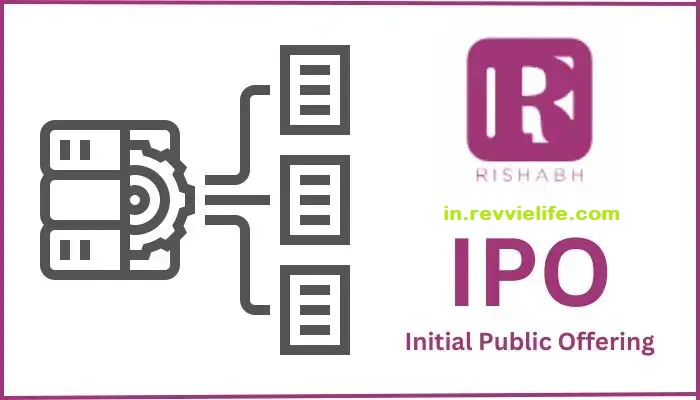RYAM Commerce & Plantations Limited, a distinguished contender in the commerce and plantations sector, is on the brink of launching its Initial Public Offering (IPO). The IPO serves as a pivotal juncture for the company, transitioning it from a privately held entity to a publicly traded one. This transformation brings to the fore a range of advantages and associated risks that potential investors should meticulously evaluate before making informed investment decisions.

Advantages:
- Capital Inflow: Foremost among the advantages of an IPO is the infusion of capital into the enterprise. By issuing shares to the public, RYAM can secure substantial funds that can be allocated for diverse purposes, such as expansion initiatives, research and development endeavors, debt settlement, and strategic acquisitions. This capital influx can substantially expedite the company’s growth trajectory and overall strategic objectives.
- Heightened Visibility and Credibility: Public listing often translates to heightened visibility and enhanced credibility within the market. The forthcoming IPO can propel RYAM’s recognition among clients, collaborators, and suppliers, potentially fostering improved business relations and unlocking new avenues for growth.
- Liquidity for Existing Stakeholders: The IPO facilitates liquidity for current stakeholders, including early backers and employees, as they gain the opportunity to vend their shares on the open market. This liquidity event empowers them to monetize their investments and diversify their investment portfolios.
- Employee Incentivization: Companies that are publicly traded frequently leverage stock options and grants as incentives for their workforce. This practice can allure top-tier talent and motivate employees to actively contribute to the company’s accomplishments, aligning their vested interests with those of shareholders.
- Acquisition Leverage: Attaining a public listing bestows RYAM with a valuable asset in the form of its publicly traded shares. This asset can be advantageous for facilitating acquisitions, as the company can employ its stock to underpin acquisitions, potentially catalyzing strategic expansion.

Risks:
- Financial Costs and Compliance Burdens: Venturing into the public market comes hand in hand with substantial expenses, including underwriting fees, legal and accounting outlays, and the ongoing commitment to comply with an array of regulatory requisites. These financial burdens can potentially strain the company’s resources, especially for smaller enterprises.
- Market Volatility: Publicly traded equities are subject to market oscillations, which can culminate in price instability. A medley of external factors beyond RYAM’s sphere of control, such as macroeconomic conditions, sectoral trends, and geopolitical events, can significantly sway the stock’s performance and overall investor sentiment.
- Erosion of Control: The act of going public often precipitates a degree of relinquishment of control, as ownership is diffused across an array of public shareholders. The founding team and management might experience a reduction in their capacity to steer the company’s decisions and strategic course. Shareholder opinions and potential activist investors could potentially exert influence over the company’s trajectory.
- Short-Term Pressures: Publicly listed enterprises frequently grapple with the urgency to consistently deliver robust financial outcomes on a quarterly basis. This emphasis on short-term performance could potentially impede the formulation of comprehensive long-term strategies and hinder innovative pursuits.
- Mandatory Information Disclosure: Public companies are mandated to disclose an extensive array of information pertaining to their financial performance, operational dynamics, and strategic undertakings. This heightened transparency might expose sensitive business details to competitors and could potentially curtail the company’s agility in strategic maneuvers.
In summation, the impending IPO of RYAM Commerce & Plantations Limited heralds an assortment of advantages and concurrent risks. While it furnishes access to substantial capital, augmented visibility, and enhanced liquidity for stakeholders, it also introduces financial and regulatory obligations, market volatility, and the potential relinquishment of operational control. As potential investors contemplate participation in the IPO, a comprehensive evaluation of these facets, weighed against their individual investment objectives and risk appetite, is imperative.

